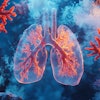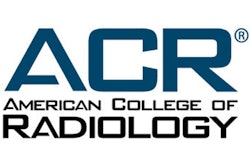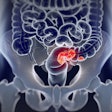Monday, November 27 | 3:50 p.m.-4:00 p.m. | SSE12-06 | Room E353A
A Swiss group will present its experience in using CT texture analysis and machine learning to predict the successful treatment of kidney stones with shock-wave lithotripsy.In partnership with the urology department at University Hospital Zurich, the researchers reviewed the implications of noncontrast CT examinations of the urinary tract. They were surprised to find that the established procedure of shock-wave lithotripsy had no reliable predictors for the successful disintegration of kidney stones, according to presenter Dr. Manoj Mannil.
"A literature review revealed that there is a plethora of different recommended measurements for [shock-wave lithotripsy] success prediction measurements, [including] CT attenuation, skin-to-stone distance, [and] shape analysis," Mannil said. "However, the results were often contradictory, and the scan parameters differed greatly."
As a result, the group decided to scan single urinary stones of various compositions in a phantom prior to shock-wave lithotripsy, then measure the number of shock waves needed to completely disintegrate the stone.
"By use of the emerging field of texture analysis and machine learning-based statistical analysis, we were able to correlate the success rate of [shock-wave lithotripsy] with texture analysis-based findings, therefore taking into account imaging features invisible to the radiologists' eyes," Mannil said.
The in vitro study supported the approach of using texture analysis of urinary stone CT images to predict the success of stone disintegration with shock-wave lithotripsy, according to Mannil.
"We are currently working on translating our findings into an in vivo setting, where we will apply three-dimensional texture analysis and correlate our findings with stone-free disease outcome," he told AuntMinnie.com.
For more details, sit in on this Monday afternoon talk.





















